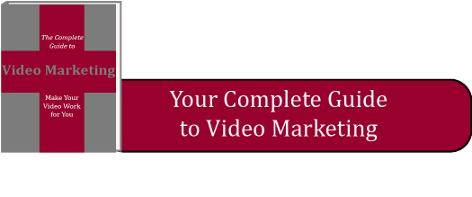Want to know the most efficient thing you can do on the trade show floor?
End a conversation.
Yep, that’s it. I know in sales that you want to keep the conversation going in the hopes of a deal. However, what are the chances of that happening on the trade show floor?
If you are at a show that creates sales on the show floor, ok great, go ahead keep talking and close.
However, in my experience, that is a few trade shows. Most trade shows are mainly for generating leads and discovering an interest in your product. My theory on trade shows is:Catch and Release
Whether you are in sales, marketing or engineering, this is how the conversation should go. Qualify, Triage, Move on.
You have more people to talk to and they have more booths to visit.
I like the Q&D version of BANT. Yes, I know BANT is a bit outdated, but for a trade show where you have a limited time, it helps you qualify a lead. Then you can know how to triage them.
- Budget
- Authority
- Need
- Timing
As much as I like BANT for live events, I think we should probably rewrite it as:
- Authority
- Need
- Timing
- Budget

I know it is a lot harder to pronounce, but it mimics more closely an actual conversation. Bear in mind that you are not going to be able to fill in all the details on the show floor, but you should be able to get a lot quickly and move on.
Clock starts
0.00
The person coming into the booth says, “Hey nice to meet you my name is Bob. Your solution is interesting, tell me how it works”.
Or a variation on that theme.
You, as the company representative, say something like…
“Hi, Bob. I’m Travis” and then proceed to answer their question.
Then you might introduce yourself in a bit more detail. I work here, and I do this. And they do the same.
Authority: That takes care of “A” to a certain extent. You know who they are what they do and their title. Do you know everything about the inner workings of the company?
No, you don’t.
Do you need to? No.
You should be able to intuit a lot. A director or higher, in most cases, they probably have enough authority to at least get you in the door.
2.19
Need: They came into the booth and asked about the way you solve something, that should transition you into need.
Does your solution fit their application? Do they have a real need that you can meet? I know this can be complicated, but this is a trade show. Try to get the most of the interaction in the least amount of time.
3.49
Timing: This can be a bit harder. A good question might be;
“So what happens if you can’t solve (the problem you just talked about) in the next 18 months? You might want to vary the timeline depending on your solutions enacting it, sales cycle, etc.
This should give you an idea of whether this is a pressing problem, or just a hmm we should think about this.
5.03
Budget: Budget is the toughest question. That’s why I work it in at the end. You have hopefully developed a bit of rapport with your visitor, but this is still hard. The best way to ask might be,
“Have you assigned any part of your budget to this solution?”
Don’t ask for numbers just try to find out where they are. This tracks more to the urgency as to the money allotted. If you can find out the amount earmarked great, but that can be difficult.
6.15
Now tell your visitor thank you for stopping by, SCAN their badge, and triage them.
That’s it, now move on to the next. Want to learn more about trade show marketing? Download our trade show marketing guide.

